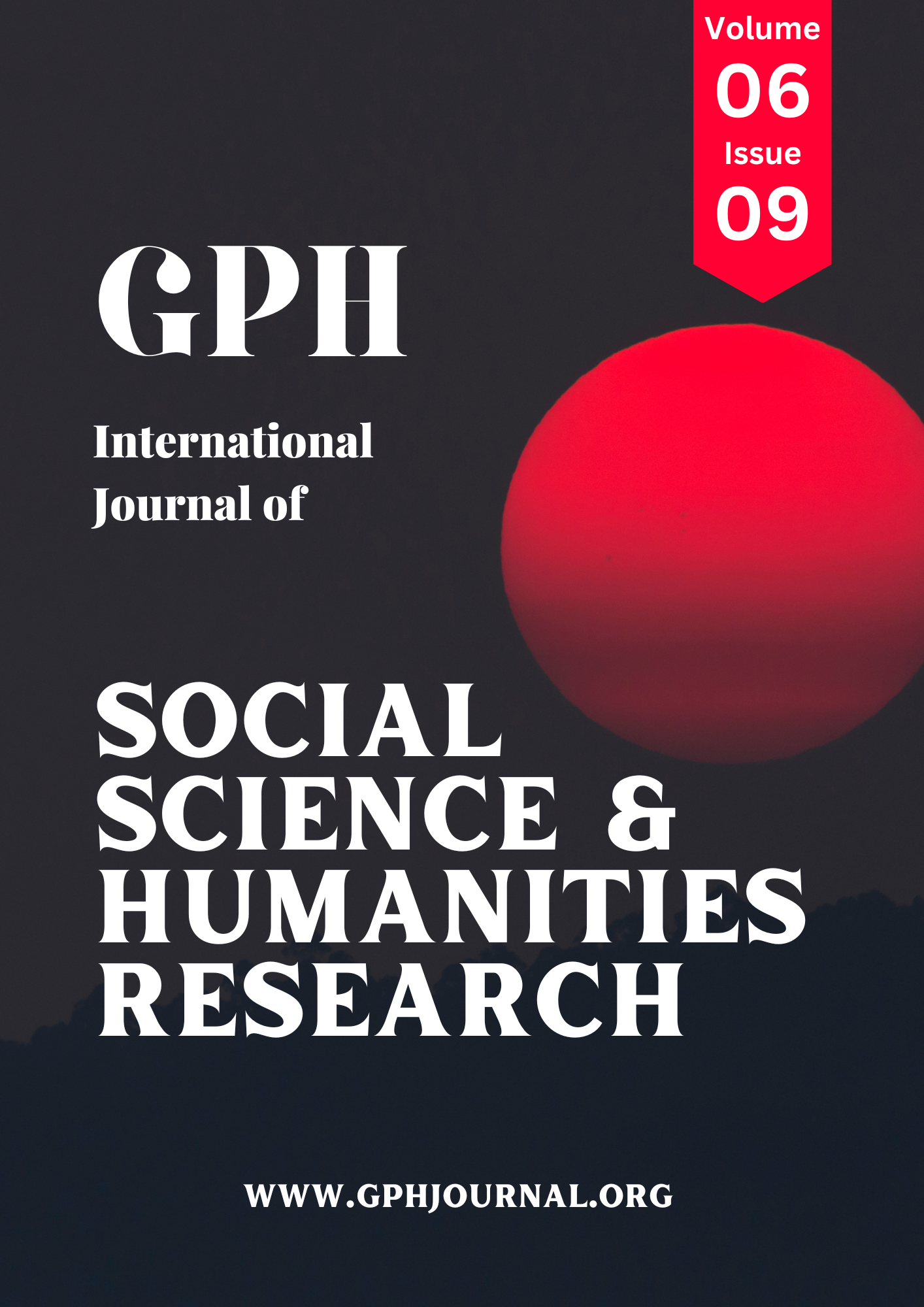LEGAL STUDY ON THE POTENTIAL OF TOURISM VILLAGES IN WEST KUTAI DISTRICT, EAST KALIMANTAN PROVINCE, INDONESIA
Abstract
In line with tourism development objectives, the Government is developing tourist villages that aim to increase economic growth, and people's welfare, eradicate poverty, overcome unemployment, preserve nature, the environment and resources, and advance culture. The development of tourist villages is also a form of accelerating integrated village development to encourage social, cultural, and economic transformation of villages. The research objectives are: (1) to examine which villages have tourism potential to be developed into tourist villages in West Kutai Regency; and (2) to examine the problems faced in the management and development of tourist villages in West Kutai Regency. The research was carried out from June to September 2021 in West Kutai Regency. The research uses legal research methods, namely by conducting Normative Juridical and Empirical Juridical legal research. The stages of research activities are (1) problem identification; (2) inventory of required legal materials related to tourist villages, systematization and analysis of legal materials; (3) observation and data collection; (4) data analysis; and (5) reporting. The results of the research show that: (1) In West Kutai Regency there are 5 (five) villages that are suitable to be designated as tourist villages, namely: (1) Beloan Village, tourism potential in the form of fisheries resources; (2) Tanjung Jaan Village, tourism potential in the form of natural tourism, namely Jempang Lake; (3) Tanjung Isuy Village, tourism potential in the form of cultural tourism at the Tanjung Isuy Festival event; (4) Juaq Asa Village, tourism potential in the form of natural tourism including Hemaaq Beniung Water Tourism and Hemaaq Beniung Traditional Forest; and (5) Lakan Bilem Village, tourism potential in the form of natural tourism in the form of recreational tourism, camping, ground, out bound, trail adventure, mountains, waterfalls and beautiful natural scenery,and (2) problems and/or obstacles faced in general at tourist attractions in West Kutai Regency include: (1) not yet implementing the 3S principles, namely something to see, something to do and something to buy, (2) there is no uniqueness or branding (identity) of the Tourism Village., (3) The packaging for the attraction of becoming a Tourism Village is still not well structured, (4) There is no spatial planning for the Tourism Village, (5) Judging from the geographical conditions, the obstacle faced is the number of houses. , the population, characteristics, and area of the Tourism Village do not yet exist, (6) There is no major commitment from the village government or community to jointly develop and advance the tourist village; (7) The legality of tourist attraction land managed by the West Kutai Regency Government is still in the process of being completed and improved, and (8) Another obstacle is the lack of infrastructure availability, including transportation service facilities, electricity facilities, clean water, drainage and so on.
Downloads
References
Hadiwijoyo, S. S. 2012. Community-based rural tourism planning: A conceptual approach. Yogyakarta: Graha Ilmu.
I Made Pujiwiyasnawa a, 1, and I Gusti Agung Oka Mahagangga. 2018. Local Community Problems in the Development of the Bayung Gede Tourism Village, Kintamani District, Bangli Regency. Journal of Tourism Destinations 6 (2): 368-370.
Kim, K., Uysal, M., & Sirgy, M. J. 2013. How does tourism in a community impact the quality of life of community residents. Tourism Management, 36, 527-540. doi:10.1016/j.tourman.2012.09.005.
Munir, R., & Fitanto, B. 2005. Participatory local economic development: Problems, policies and guidelines for implementing activities. Jakarta: Local Governance Support Program, USAID.
Widiyanto, D., Handoyo, J. P., & Fajarwati, A. 2008. Rural tourism development (A proposed strategy for the Ketingan Tourism Village). Sustainable Earth, 8(2), 205-210.
Xu, S., Barbieri, C., Anderson, D., Leung, Y. F., & Rozier-Rich, S. 2016. Residents' perceptions of wine tourism development. Tourism Management, 55, 276-286. doi:10.1016/j.tourman.2016.02.016.
B. LEGISLATION
Law Number 10 of 2009 concerning Tourism.
Law Number 12 of 2011 concerning the formation of Legislative Regulations.
Law Number 6 of 2014 concerning Villages.
Law Number 23 of 2014 concerning Regional Government.
Government Regulation Number 67 of 1996 concerning the Implementation of Tourism.
Government Regulation Number 50 of 2011 concerning the National Tourism Master Plan.
Government Regulation Number 43 of 2014 concerning Guidelines for Implementing Law Number 6 of 2016 concerning Villages.
Minister of Culture and Tourism Regulation Number: PM.04/UM.001/MKP/2008 concerning Tourism Awareness.
Minister of Home Affairs Regulation Number 33 of 2009 concerning Guidelines for Ecotourism Development in Regions.
Minister of Culture and Tourism Regulation Number PM.26/UM.001/Mkp/2010 concerning General Guidelines for the National Community Empowerment Program (PNPM) Mandiri Tourism Through Tourism Villages.
Minister of Home Affairs Regulation Number 114 of 2014 concerning Village Development Guidelines.
Minister of Home Affairs Regulation Number 80 of 2015 concerning the Formation of Regional Legal Products, as amended by Minister of Home Affairs Regulation Number 120 of 2018 concerning Amendments to Minister of Home Affairs Regulation Number 120 of 2015 concerning the Formation of Regional Legal Products.
Minister of Tourism Regulation Number 10 of 2018 concerning Electronically Integrated Business Licensing Services for the Tourism Sector.
C. OTHERS
Empirical Research at the West Kutai Regency Tourism Office.
Copyright (c) 2023 Maisyarah dan Fatimah Asyari

This work is licensed under a Creative Commons Attribution-NonCommercial-NoDerivatives 4.0 International License.
The authors and co-authors warrant that the article is their original work, does not infringe any copyright, and has not been published elsewhere. By submitting the article to GPH-International Journal of Social Science and Humanities Research, the authors agree that the journal has the right to retract or remove the article in case of proven ethical misconduct.














 Firozpur Jhirka, Haryana, India
Firozpur Jhirka, Haryana, India

